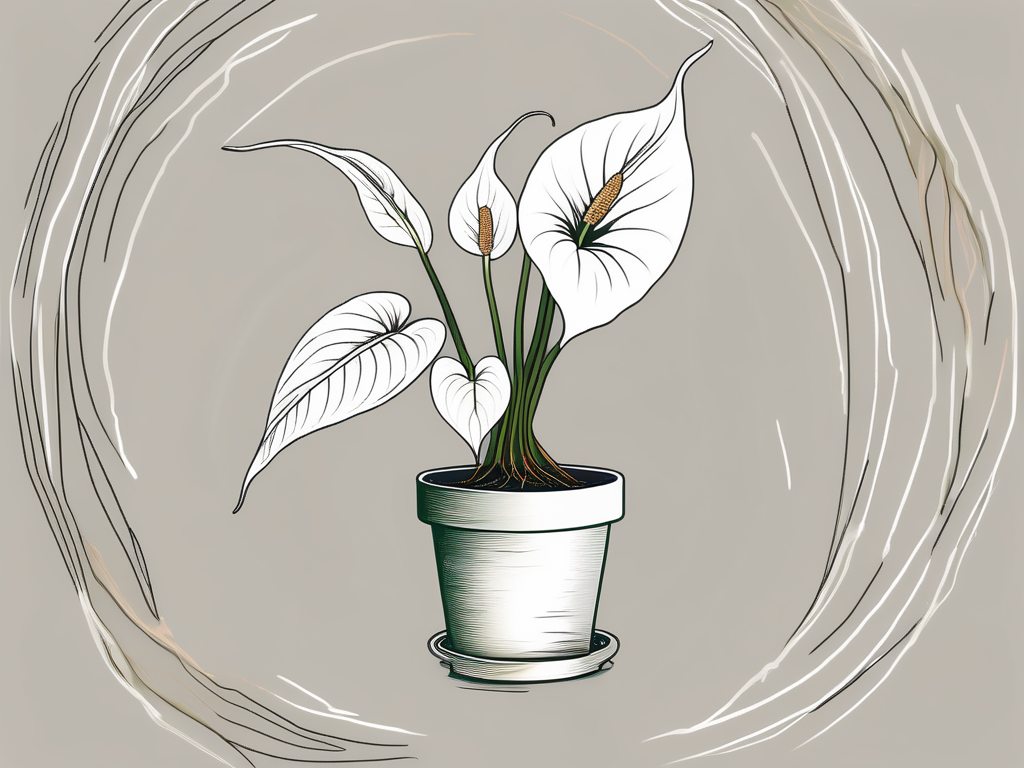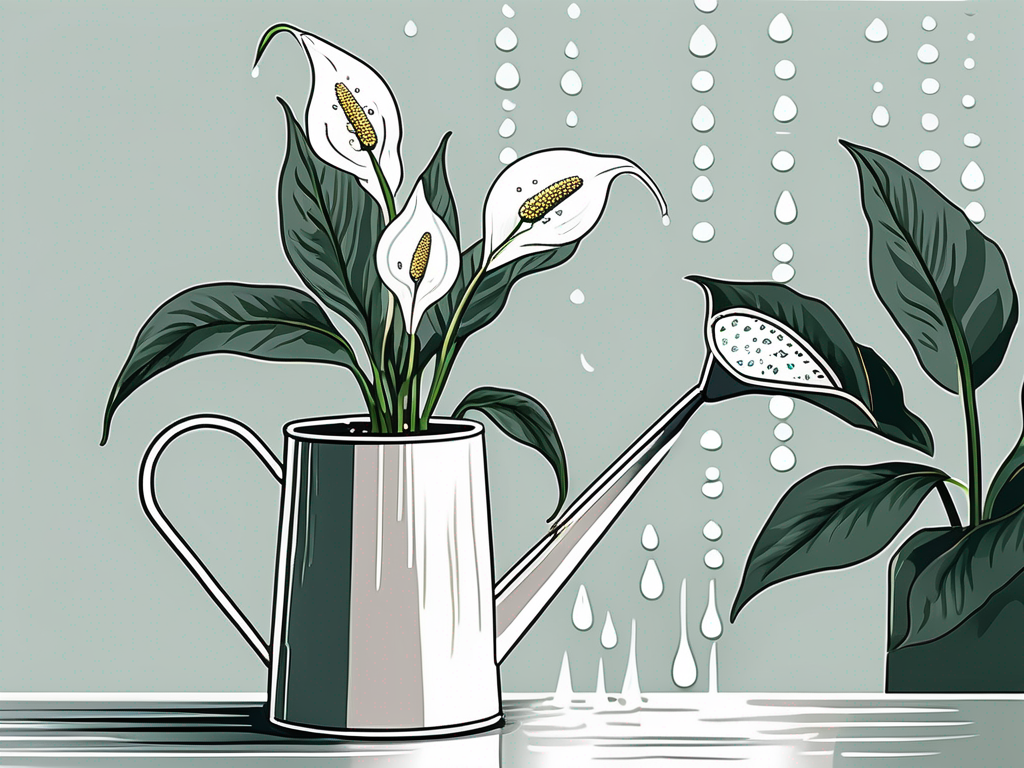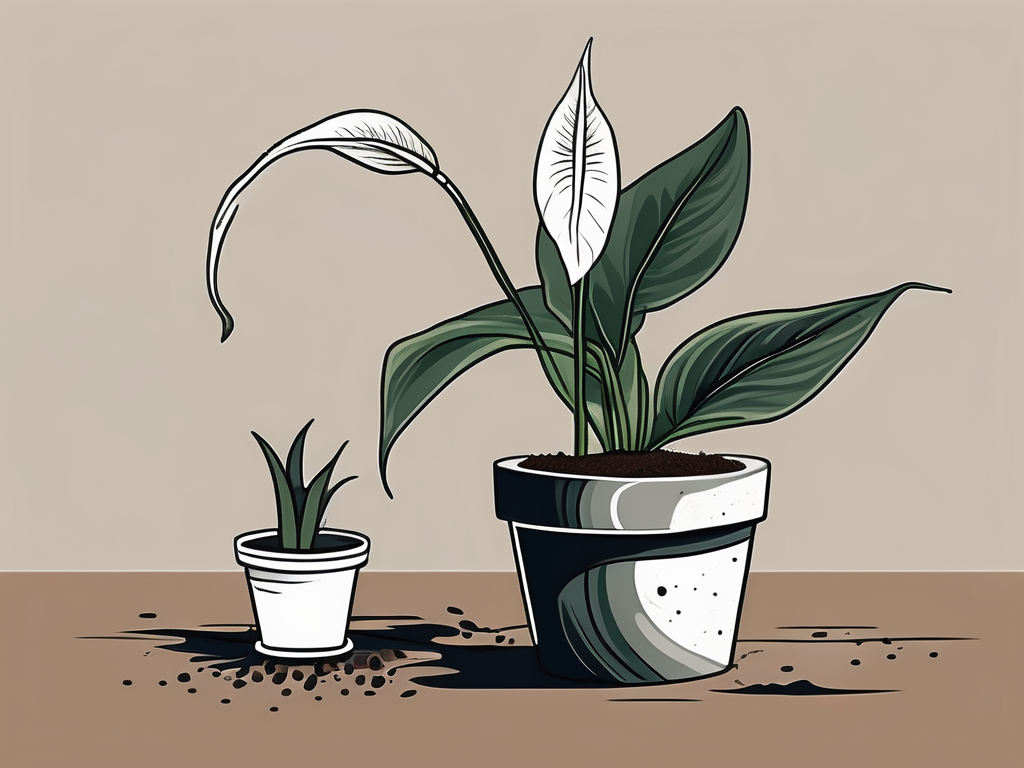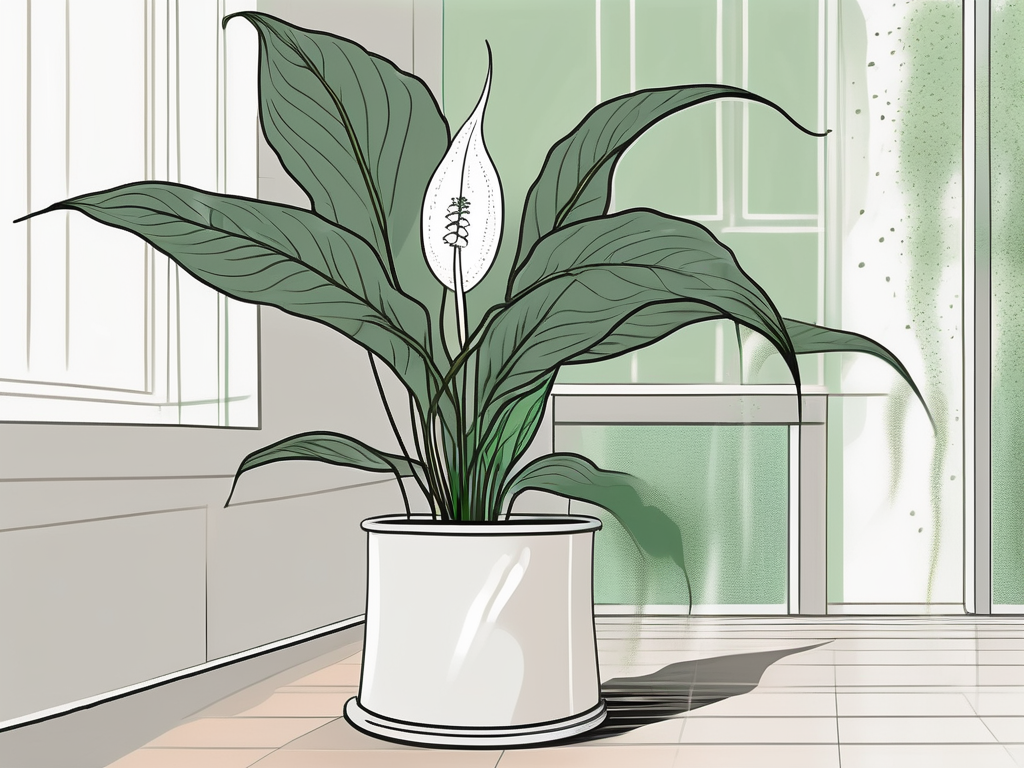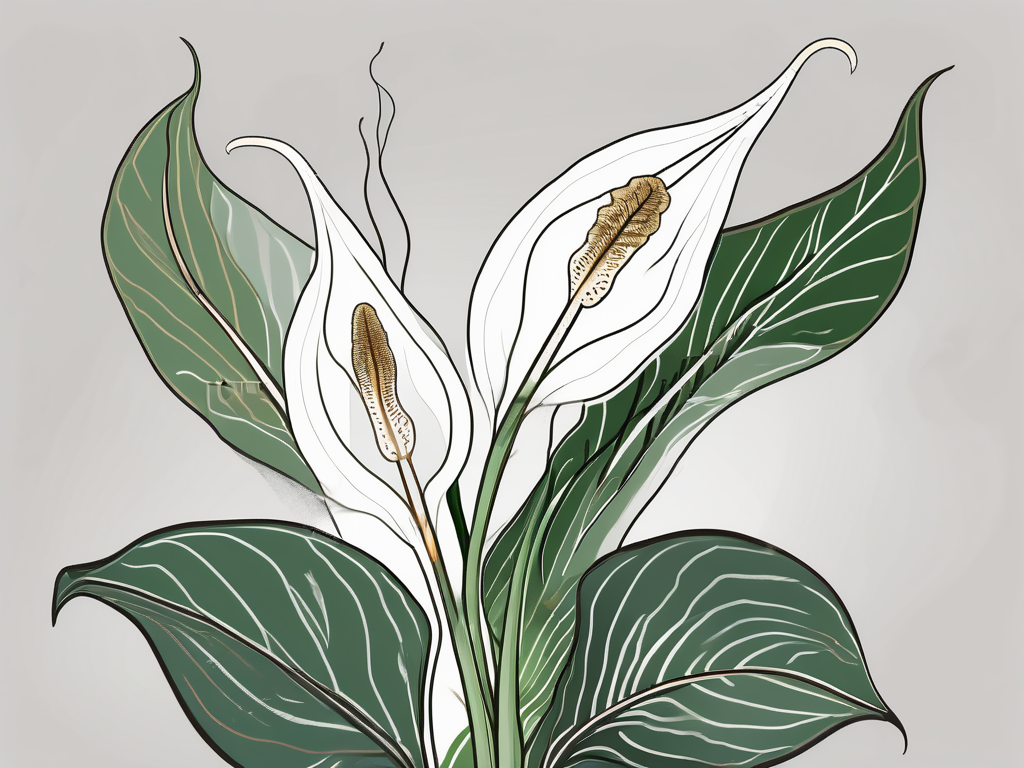
Picture this: a stunning Picasso Peace Lily gracing your living room, its elegant leaves and striking white blooms creating a serene atmosphere. This plant is a favorite among houseplant lovers, not just for its beauty but also for its air-purifying qualities. Sounds like a win-win, right?
In this post, we’ll chat about everything you need to know to keep your Picasso Peace Lily thriving. From light and water needs to dealing with pesky pests, you'll have all the tips and tricks to make your plant care journey a breeze. Let's get started!
Getting to Know the Picasso Peace Lily
Before diving into care specifics, let's take a moment to appreciate what makes the Picasso Peace Lily unique. Originally native to the tropical rainforests of Central and South America, this plant has become a popular choice for homes and offices worldwide. Its glossy, dark green leaves are elegantly variegated with splashes of creamy white, resembling brush strokes on a canvas—hence the name "Picasso."
One of the best features of the Picasso Peace Lily is its resilience. It's known for being relatively low-maintenance, making it a fantastic option for both new and experienced plant parents. Plus, it's not just a pretty face; it’s also a natural air purifier, removing toxins like benzene, formaldehyde, and ammonia from the air. Who wouldn’t want a plant that looks good and helps you breathe easier?
That said, understanding its natural habitat can help you replicate those conditions at home, ensuring your peace lily stays healthy and vibrant. Let's dig into the specifics of caring for this lovely plant.
Light Requirements
One of the Picasso Peace Lily's most appealing traits is its adaptability to different lighting conditions. However, like most variegated plants, it does have some preferences that can make a big difference in its growth and appearance.
Your peace lily will thrive in bright, indirect light. Think of a spot where it can enjoy a good amount of light without being exposed to direct sun rays, which can scorch its leaves. If you have a north or east-facing window, that’s often perfect. On the other hand, a south or west-facing window might require a sheer curtain or placing the plant a little further from the window.
If you're dealing with lower light conditions, don't fret! The Picasso Peace Lily can still survive, although its growth might slow down, and the vibrant variegation could become less pronounced. A little creativity with mirrors or reflective surfaces can help bounce some extra light onto your plant if needed.
Watering Your Picasso Peace Lily
Watering is one of the trickiest aspects of houseplant care, and the Picasso Peace Lily is no exception. This plant prefers its soil to be consistently moist but not soggy. Overwatering can lead to root rot, a common issue that can be detrimental to your plant's health.
A good rule of thumb is to water your peace lily when the top inch of soil feels dry to the touch. If you're unsure, investing in a moisture meter can be a lifesaver. Simply insert it into the soil, and it will give you an accurate reading of the moisture levels.
Another handy tip is to water your plant with room temperature water, as cold water can shock the roots. If you notice the leaves drooping, that’s usually your peace lily's way of telling you it’s thirsty. After a good drink, those leaves should perk up in no time!
Soil and Potting
Choosing the right soil and pot is crucial for your Picasso Peace Lily’s well-being. This plant prefers a well-draining soil mix, as it helps prevent water from sitting around the roots, which can lead to that dreaded root rot.
You can create a suitable mix by combining standard potting soil with some perlite or orchid bark to improve drainage. Many plant parents have found success using African violet potting mix, which is often readily available and provides the right balance of moisture retention and drainage.
When it comes to pots, make sure there’s a drainage hole at the bottom. This allows excess water to escape, reducing the risk of overwatering. Terra cotta pots are a great option, as they’re porous and help wick away moisture from the soil. Just be sure to place a saucer underneath to catch any drips!
Temperature and Humidity
Like many tropical plants, the Picasso Peace Lily enjoys warm and humid environments. Ideally, keep your plant in a room with temperatures between 65°F and 80°F (18°C to 27°C). It's best to avoid exposing it to temperatures below 55°F (13°C), as this can cause damage to the leaves.
Humidity is another important factor. If you live in a dry climate or use a lot of heating or air conditioning, consider increasing the humidity around your plant. You can do this by misting the leaves regularly, placing a humidifier nearby, or using a pebble tray with water under the pot. Just be cautious with misting, as too much moisture on the leaves can promote fungal growth.
Feeding Your Picasso Peace Lily
Feeding your Picasso Peace Lily isn’t a daily task, but a little nourishment goes a long way in keeping it happy and healthy. During the growing season, which typically runs from spring to early fall, you can feed your plant with a balanced liquid fertilizer every six to eight weeks.
Be sure to dilute the fertilizer to half the recommended strength, as peace lilies are sensitive to over-fertilization, which can lead to leaf burn. If you notice yellowing leaves, it might be a sign of too much fertilizer, so cut back if needed.
In the winter months, your Picasso Peace Lily enters a dormant phase, and it’s best to hold off on fertilizing during this time. This rest period allows the plant to conserve energy for the upcoming growing season.
Dealing with Pests and Fungal Issues
No plant is entirely immune to pests and diseases, and the Picasso Peace Lily is no different. Common pests include spider mites, aphids, and mealybugs. These critters can usually be managed with a little vigilance and some simple remedies.
Regularly inspect your plant for signs of infestation, such as webbing or sticky residue. If you spot pests, try rinsing the leaves with water or wiping them down with a damp cloth. For more stubborn infestations, insecticidal soap or neem oil can be effective solutions.
Fungal issues, such as root rot or leaf spot, often arise from overwatering or insufficient air circulation. Ensuring your plant isn’t sitting in water and has adequate airflow can help prevent these problems. If you do encounter fungus, removing affected leaves and adjusting your care routine should help your plant recover.
Repotting Your Picasso Peace Lily
Like all living things, Picasso Peace Lilies grow over time, and repotting becomes necessary to give those roots more room to spread. Generally, you'll want to repot every one to two years, or if you notice the plant becoming root-bound, with roots growing out of the drainage holes.
When it’s time to repot, choose a pot that’s one size larger than the current one. Gently remove the plant from its pot, being careful not to damage the roots. Shake off excess soil, and snip away any rotting or dead roots.
Place your plant in the new pot with fresh soil, ensuring it sits at the same depth as before. Water it thoroughly to help it settle into its new home. Repotting might cause some initial drooping, but with the right care, your peace lily will bounce back beautifully.
Designing with Picasso Peace Lilies
The Picasso Peace Lily isn’t just a houseplant; it’s a stylish addition to any interior. Its striking variegation makes it a standout piece, whether placed solo or as part of a plant cluster.
Consider using your peace lily as a focal point on a coffee table or sideboard, paired with complementary decor elements like wood or metal accents. Grouping it with plants of varying heights and textures can create an eye-catching display that adds depth and interest to any room.
For a minimalist look, a white or neutral-colored pot can enhance the plant’s natural beauty, while a bold, colorful pot can add a fun pop to your space. Whatever your style, the Picasso Peace Lily is sure to bring a touch of elegance to your home.
Final Thoughts
With the right care, your Picasso Peace Lily can be a beautiful and rewarding addition to your home. By understanding its light, water, and nutrient needs, you’ll ensure it stays healthy and vibrant for years to come.
At Cafe Planta, we’re passionate about helping you care for your plants. Whether you’re a seasoned plant parent or just starting out, we have a variety of houseplants and accessories to suit your needs. If you have any questions or need advice, feel free to email us or DM us on Instagram. We’re excited to be part of your plant journey!














